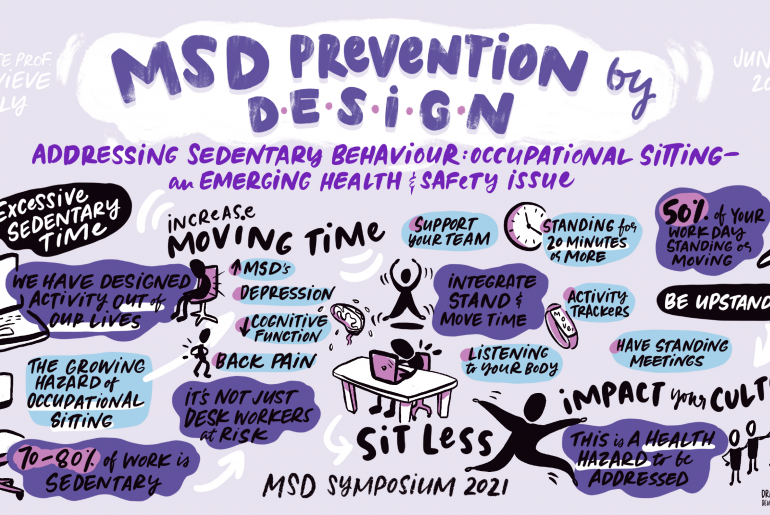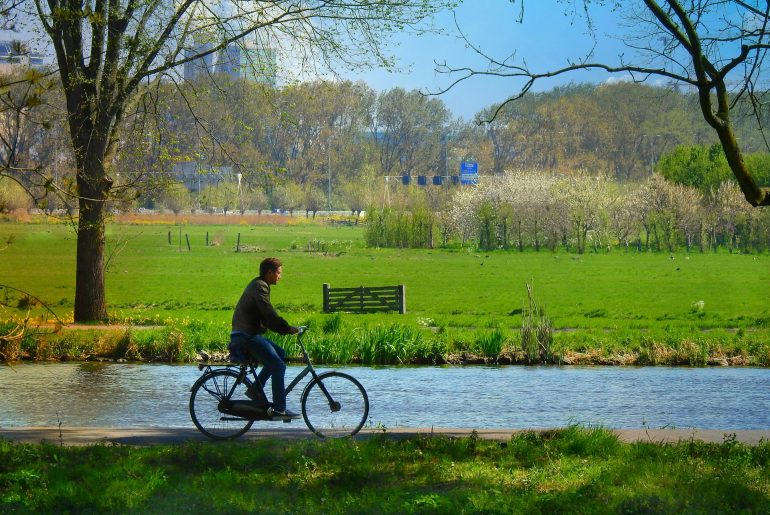A recent article from the Conversation showcased research from team members reporting on findings that explored one of the common questions asked in BeUpstanding – namely – what is the right balance between sitting and standing? The article was written by lead author Dr Christian Brakenridge and the original Conversation article was published on May 2nd, 2024. How much time should you spend sitting versus standing? New research reveals the perfect mix for optimal health The Conversation, Gorodenkoff/Shutterstock Christian Brakenridge, Swinburne University of Technology People have a pretty intuitive sense of what is healthy – standing is better than sitting, exercise is great for overall health and getting good sleep is imperative. However, if exercise in the evening may disrupt our sleep, or make us feel the need to be more sedentary to recover, a key question emerges – what is the best way to balance our 24 hours to optimise our health? Our research attempted to answer this for risk factors for heart disease, stroke and diabetes. We found the optimal amount of sleep was 8.3 hours, while for light activity and moderate to vigorous activity, it was best to get 2.2 hours each. Finding the right balance Current health…
![]()










